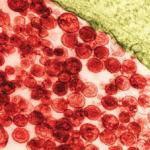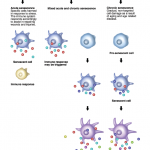Two decades have passed since the first biologic disease-modifying anti-rheumatic drug (bDMARD) was approved. Studies on the long-term use of biologics in different disease states, such as for cardiovascular disease (CVD) and malignancy, as well as for knee/hip replacement, reveal some encouraging news. In clinical trials, bDMARDs have been shown to increase the risk of…









